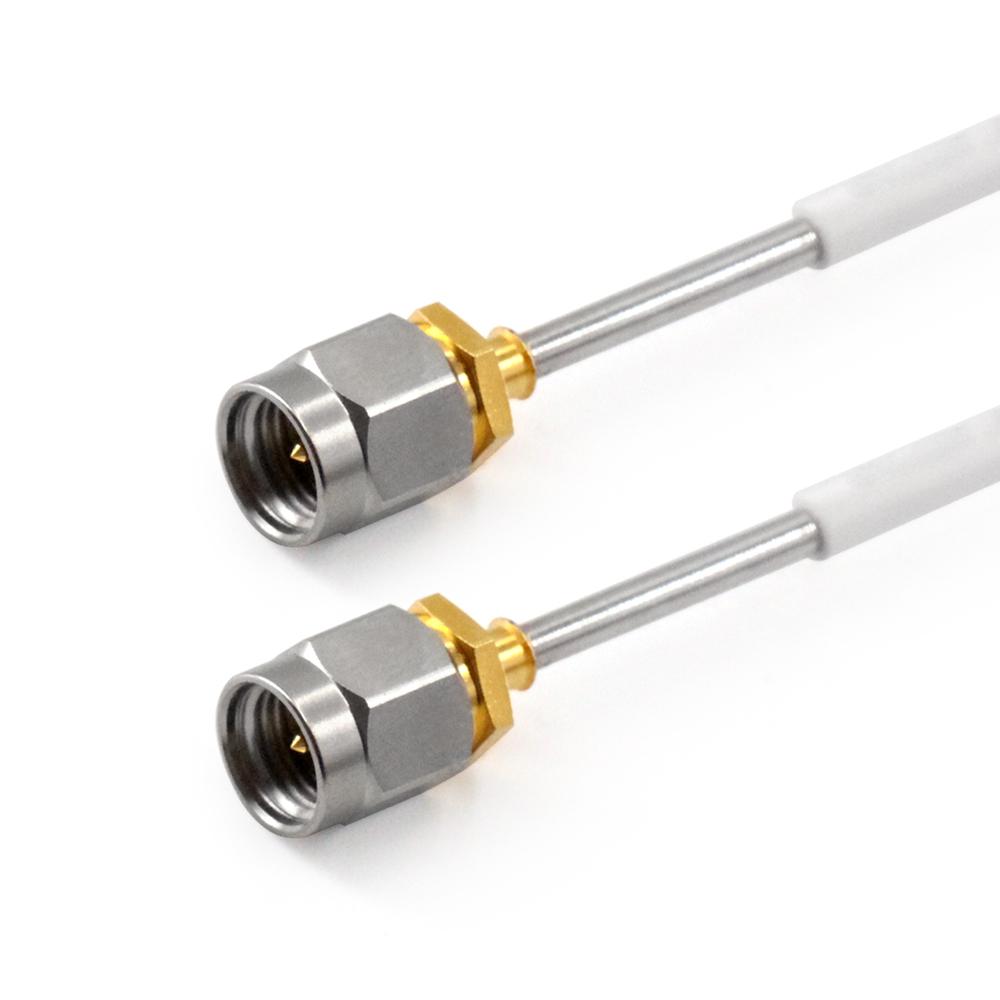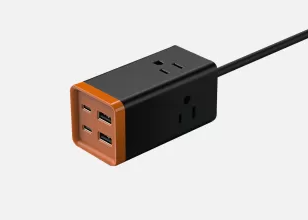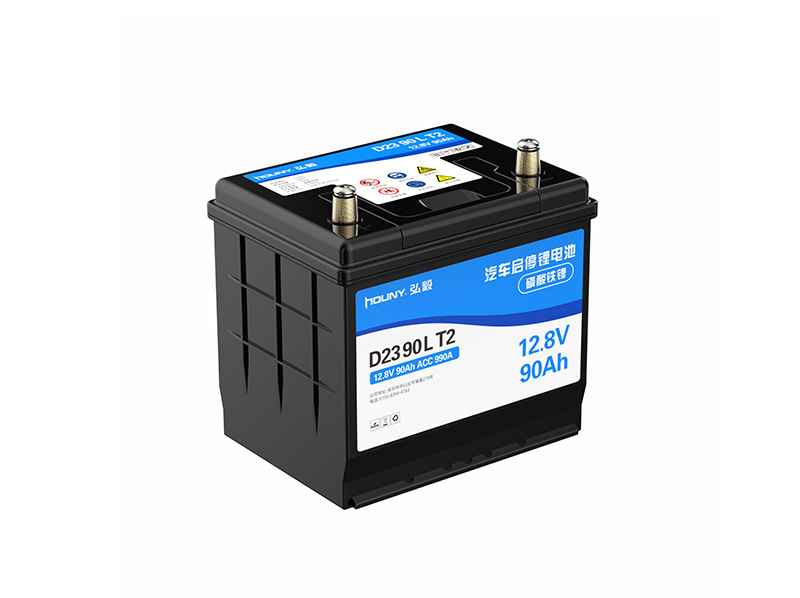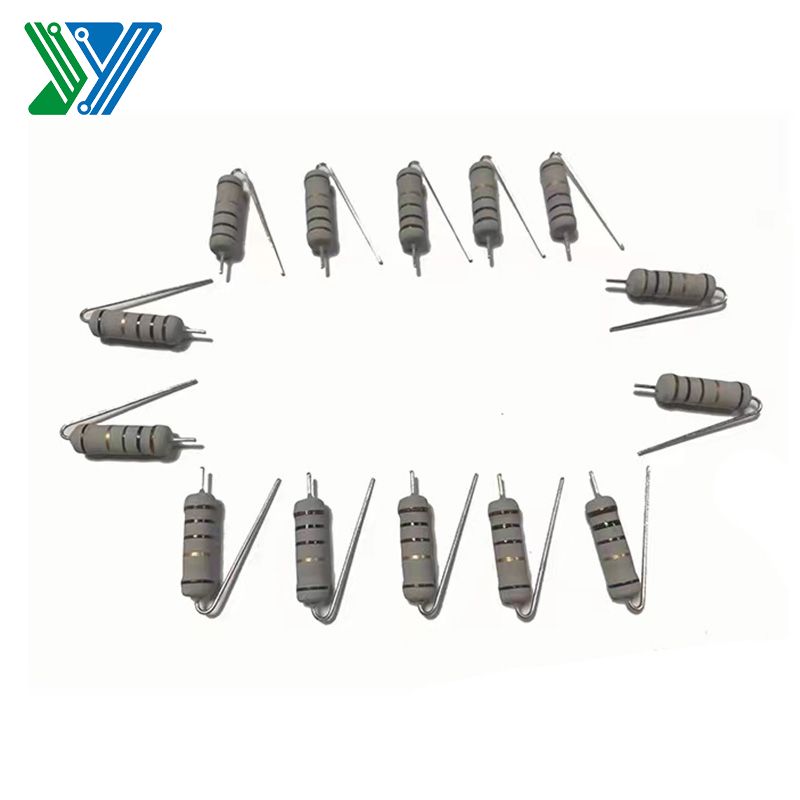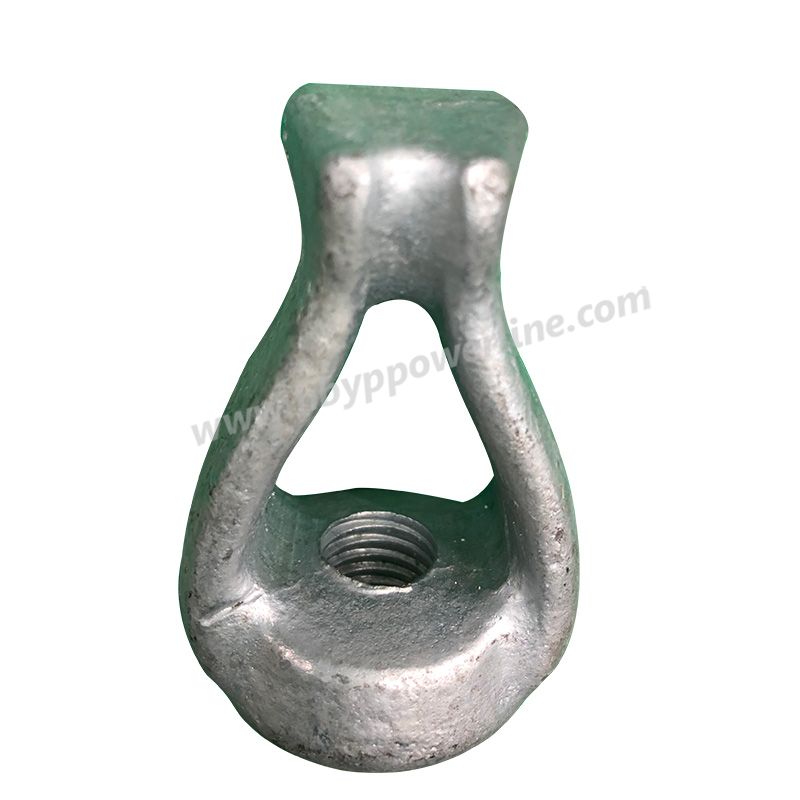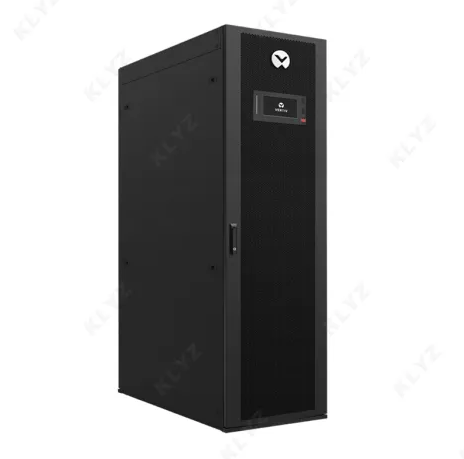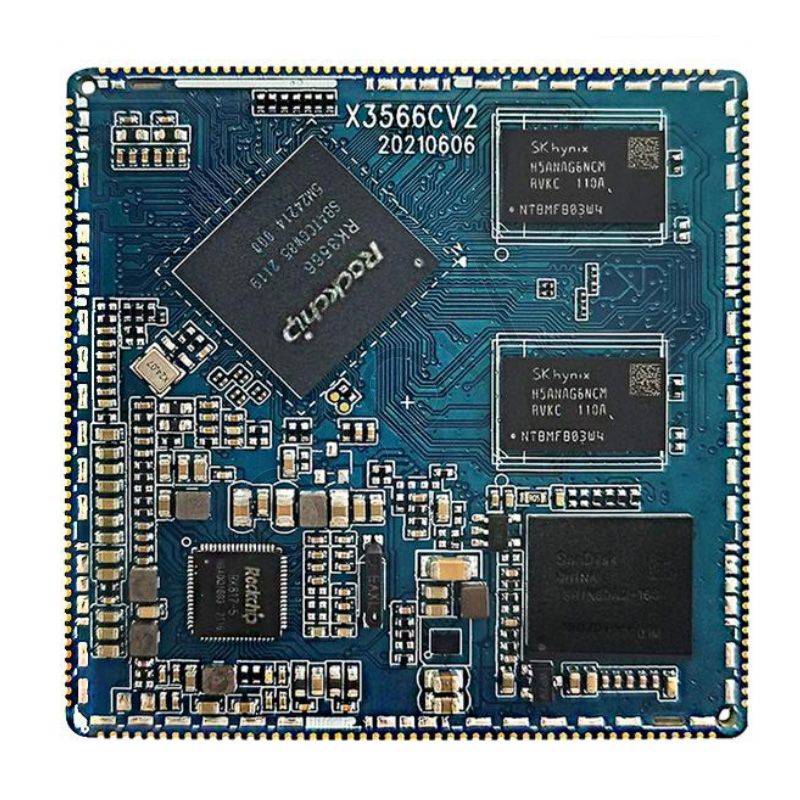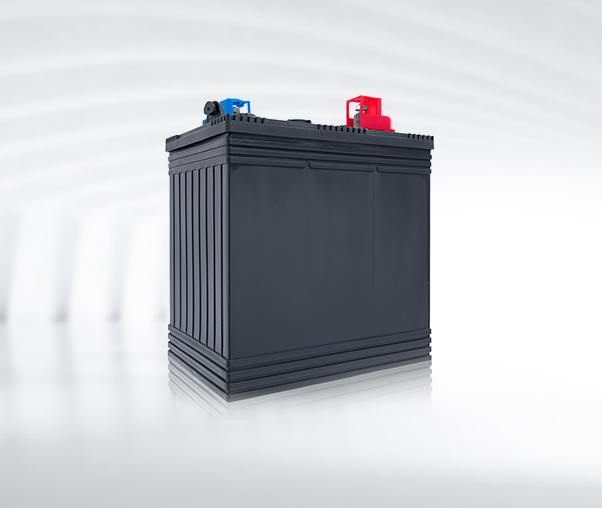What is the difference between a lithium and an AGM or lead-acid battery?
A 12 volt lithium battery is better than the older AGM or lead-acid battery. A lithium iron phosphate battery, also known as a LiFePO4 battery, is well-tested and now recognized as safe and suitable for most outdoor and indoor applications. They are very popular among st 4x4, off-roading, camping & caravan enthusiasts, marine & boat, motorcycle & scooter, lawn mower & utility, golf cart and solar system.
You need a reliable power source when you're hundreds of kilometers from the nearest town. Our Houny engineers have spend countless hours researching, developing and testing (in real-world conditions) what we think is the highest-quality lithium battery range on the market today.
Running a 12 volt lithium battery (or a bank of multiple batteries) will provide all your power requirements. With their ability to recharge fast with a solar panel, AC or DC-DC charger lithium batteries can power any electrical device. Our batteries have a long life and are durable. They also come with a 24 month warranty for environmental protection of mind.
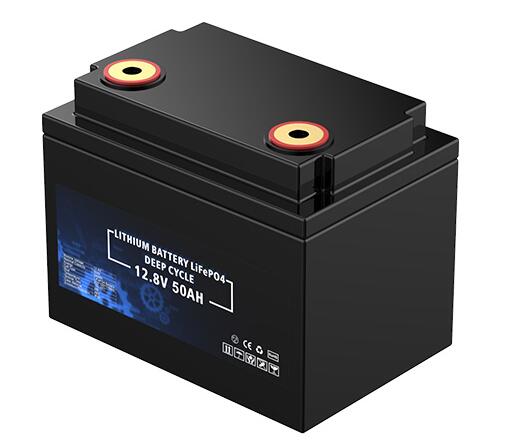
What is the difference between a lithium and an AGM or lead-acid battery?
1. Light weight, it is 1/3 weight of an equivalent traditional AGM or lead-acid battery.
Suggested reading:What are the uses of power transformer?
What's the Maximum Length for USB Cables?
What is the main advantage of an electrolytic capacitor?
Unlocking the Secrets of Huawei Rectifier Modules: Powering the Future!
How does a stop-start battery work in a car?
Lithium Cell Pilot Line: Revolutionizing Energy Storage
What Does a CBB60 Capacitor Do?
2. Compact size, it is 1/3 size of an equivalent traditional an AGM or lead-acid battery.
3. Built-in BMS, a AGM or lead-acid battery is without any protection board, so it will have serious over-charge and over-discharge phenomenon, and even it will be dead if the battery is over-discharged to 0 voltage. But a lithium battery is built-in BMS, it can offer over-charge, over-discharge, over-current, over-voltage, over-temperature and short current protection.
4. Long life cycle, a LiFePO4 lithium battery is about 4 times as long as an AGM or lead-acid battery. A lithium battery has above 80% of rated capacity after 3000 times and above 45% of rated capacity after 6000 times, but an AGM or lead-acid battery is 200-300 times, and it is at most 400 times even it’s the best quality.
Cycle life is the number of times a battery can discharge and then fully charge.
5. Deep cycle, a lithium battery is deep cycle, it can be charged fully and discharged fully ,it can’t be damaged even it is discharged to 0v. But an AGM or a lead-acid battery just can be discharge 85% of its rated capacity, it will be dead if it’s over-discharged. For example, if you use a 12v lead-acid battery, it will be damaged when it is over-discharged to 10-9.5v, it will be damaged completely when it is over-discharged to 9.5v below. So a lithium battery will store more power ,you’ll get more charges out of it
6. High usable power capacity, an AGM or lead-acid battery should be charged when its left power is 30-40% of rated capacity , otherwise it is be damaged easily. But a lithium battery power can be used 100% of rated capacity.
So our lithium batteries are usually a drop-in replacement battery, That's what makes these batteries so much better than the older technology. Our lithium deep cycle range offer unrivalled performance over other batteries.
Sourcing Reliable Electronic Components: A Buyer's Guide
Jump Starter, the Game-Changer in Vehicle Emergencies
What are the key advantages of using Rockchip SOM?
How Vertiv Liebert UPS Works for Continuous Power Protection?
What does a capacitor do to voltage?
Demystifying Types and Applications of Resistors
The Importance of Fully-Functional Traffic Lights - HDFC Ergo


